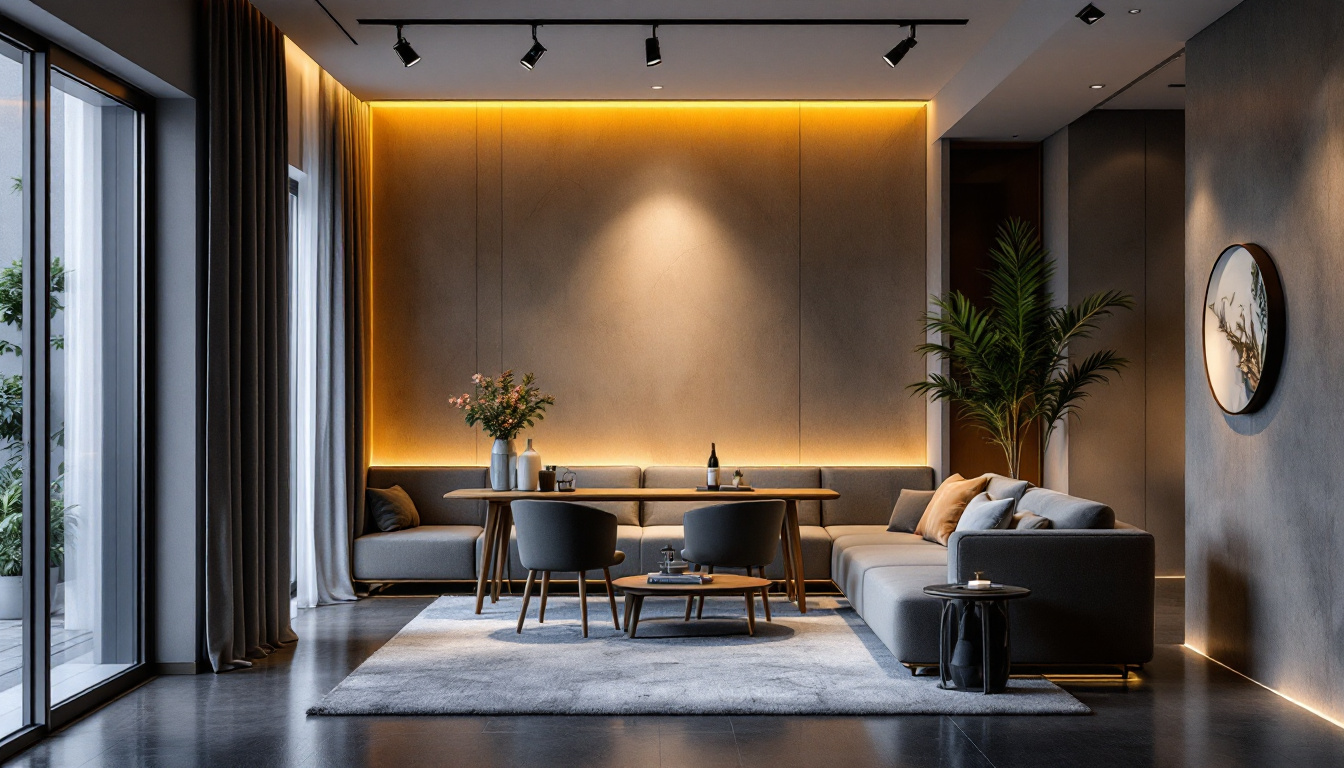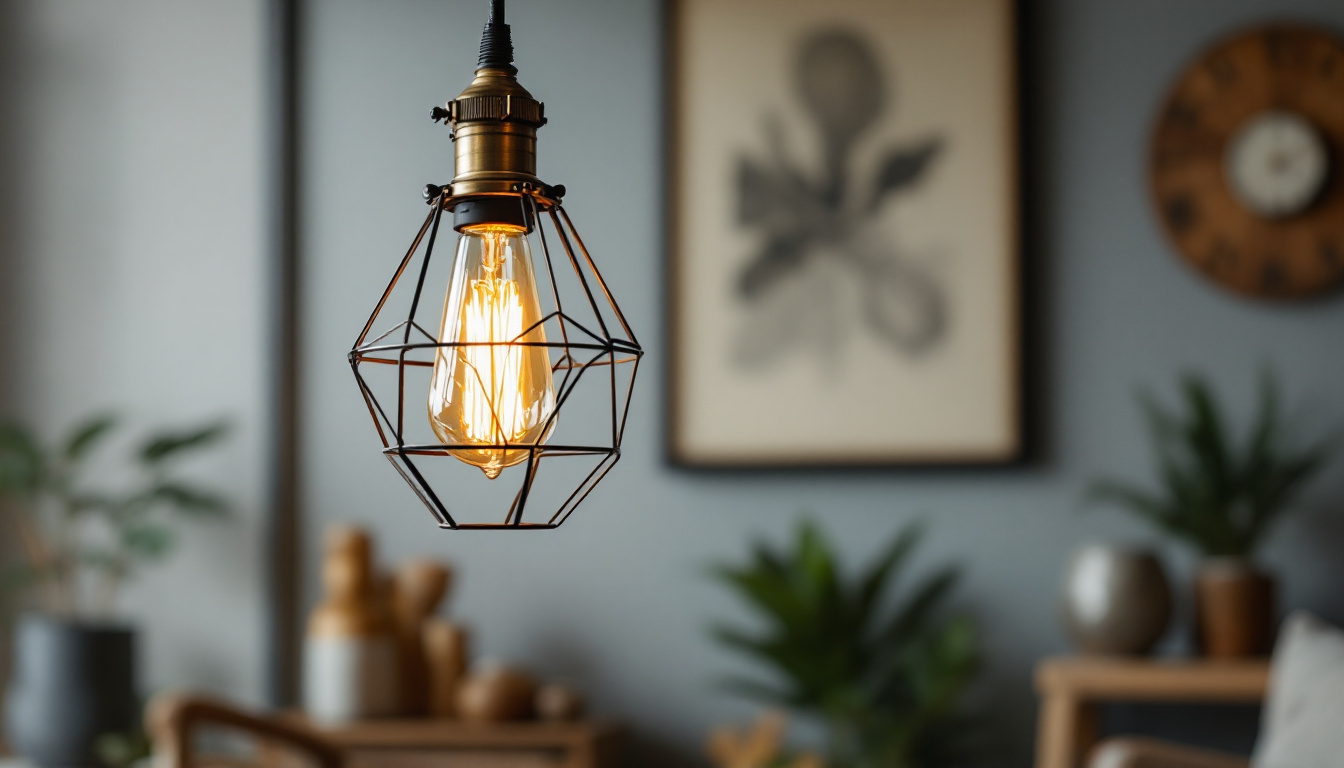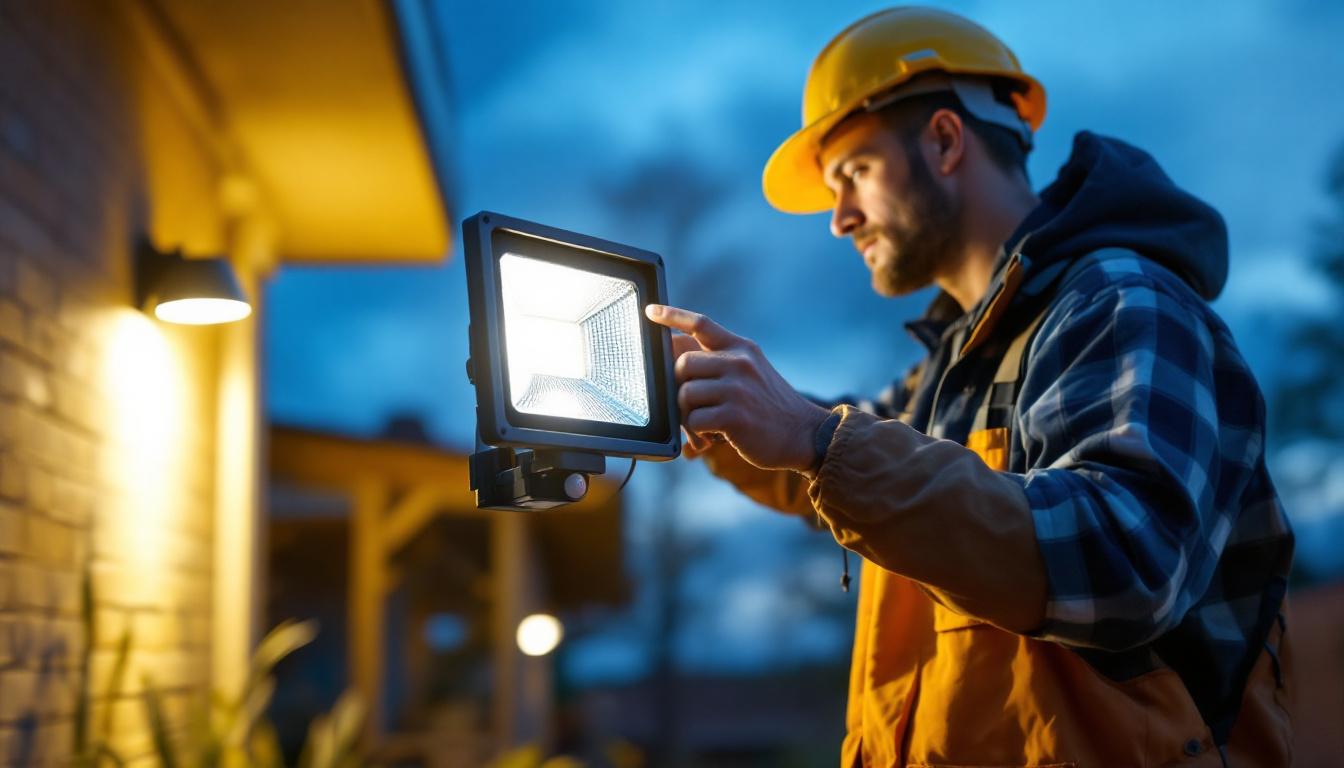
In the realm of modern lighting design, low profile track lighting has emerged as a popular choice for both residential and commercial spaces. Its sleek design, versatility, and functionality make it an ideal solution for various applications. This article delves into insights shared by expert lighting contractors, exploring the advantages, installation techniques, and design considerations associated with low profile track lighting.
Low profile track lighting refers to a streamlined version of traditional track lighting systems. These fixtures are designed to be unobtrusive, blending seamlessly into the architecture of a space while providing effective illumination. The low profile nature allows for greater flexibility in design, making it suitable for various settings, from contemporary homes to chic retail environments.
One of the standout features of low profile track lighting is its minimalistic design. Unlike bulky fixtures, these lights are designed to be compact and discreet, allowing them to fit into tighter spaces without overwhelming the overall aesthetic. This makes them particularly appealing for areas with low ceilings or where a clean, modern look is desired.
Another important aspect is the adjustable nature of the fixtures. Many low profile track lighting systems allow for the positioning of individual lights along the track, enabling users to direct light exactly where it is needed. This flexibility is crucial in settings such as galleries or retail spaces, where highlighting specific areas or products is essential. Furthermore, many modern low profile systems utilize LED technology, which not only enhances energy efficiency but also provides a range of color temperatures to suit different moods and functions.
Low profile track lighting can be effectively utilized in a variety of applications. In residential settings, it is often used in kitchens, living rooms, and hallways, providing ambient light while also serving as a focal point. In commercial spaces, it is commonly found in boutiques, art galleries, and restaurants, where the need for adjustable and targeted lighting is paramount.
Additionally, low profile track lighting is becoming increasingly popular in office environments. It can enhance productivity by providing adequate illumination without causing glare or distractions. The ability to adjust the light direction allows for tailored lighting solutions that cater to specific tasks or areas within an office. Moreover, the sleek design of these fixtures can contribute to a more professional and polished appearance, making them an ideal choice for modern workspaces that prioritize both function and aesthetics. As businesses continue to embrace open floor plans and collaborative spaces, the versatility of low profile track lighting makes it an essential component in creating well-lit, inviting environments that foster creativity and teamwork.
Proper installation is crucial for maximizing the benefits of low profile track lighting. Lighting contractors must consider several factors to ensure that the system is both functional and aesthetically pleasing. Here are some expert insights into effective installation techniques.
Before installation, it is essential to determine the best location for the track lighting. This involves assessing the layout of the space and identifying areas that require illumination. Contractors should consider factors such as ceiling height, existing architectural features, and the intended use of the space. For instance, in a kitchen, placing the track lighting above work areas can enhance visibility and safety.
In commercial settings, the positioning of track lighting should focus on areas that require emphasis, such as product displays or artwork. Lighting contractors often recommend using a combination of ambient and task lighting to create a well-balanced atmosphere that meets the needs of the space.
When installing low profile track lighting, contractors must pay close attention to wiring and power supply requirements. Depending on the system, low profile track lighting may require a dedicated circuit to ensure adequate power. This is particularly important in spaces where multiple fixtures will be used, as insufficient power can lead to flickering or dimming lights.
It is also essential to follow local electrical codes and regulations during installation. Contractors should ensure that all wiring is safely concealed and that connections are secure to prevent any electrical hazards. Utilizing junction boxes and proper mounting hardware can enhance safety and stability.
Once the track is securely installed, the next step involves positioning the fixtures. Many low profile track lighting systems allow for easy adjustment of the fixtures along the track. This flexibility enables contractors to create a customized lighting layout that suits the specific needs of the space.
Contractors often recommend experimenting with different fixture placements before finalizing the configuration. This trial-and-error approach can help identify the most effective lighting angles and intensities, ensuring that the final setup provides optimal illumination.
Beyond functionality, the design of low profile track lighting plays a significant role in enhancing the overall aesthetic of a space. Lighting contractors must consider various design elements to ensure that the lighting complements the interior design. Here are some key design considerations.
Low profile track lighting is available in a variety of finishes and styles, ranging from sleek metallic options to more decorative designs. When selecting fixtures, contractors should consider the existing decor and color palette of the space. For instance, a modern minimalist space may benefit from brushed nickel or matte black finishes, while a more traditional setting might call for warmer tones or decorative elements.
Additionally, the style of the fixtures should align with the overall theme of the space. Whether it’s industrial, contemporary, or traditional, the right choice can enhance the visual appeal and create a cohesive look throughout the area.
Effective lighting design often involves layering different types of light to create depth and dimension. Low profile track lighting can be used in conjunction with other lighting sources, such as recessed lighting or wall sconces, to achieve a well-rounded illumination scheme.
Lighting contractors frequently emphasize the importance of balancing ambient, task, and accent lighting. By strategically positioning low profile track lighting along with other fixtures, it is possible to create a dynamic atmosphere that enhances the functionality and beauty of the space.
The color temperature of the light emitted by low profile track lighting is another critical factor to consider. Different color temperatures can evoke various moods and atmospheres. For example, warm white light (around 2700K) is often preferred in residential settings for its cozy and inviting feel, while cooler temperatures (around 4000K) may be more suitable for workspaces where clarity and focus are essential.
Contractors should work closely with clients to determine the desired ambiance and select fixtures that align with those preferences. This collaborative approach ensures that the final lighting design meets both functional and aesthetic goals.
To ensure the longevity and performance of low profile track lighting, regular maintenance is essential. Lighting contractors can provide valuable insights into proper care and upkeep, helping clients maximize their investment.
Over time, dust and debris can accumulate on light fixtures, diminishing their brightness and overall effectiveness. Regular cleaning is crucial to maintain optimal performance. Contractors often recommend using a soft, dry cloth to gently wipe down fixtures and remove any buildup.
In spaces with higher levels of dust, such as workshops or kitchens, more frequent cleaning may be necessary. Additionally, contractors should advise clients on the importance of turning off the power before cleaning to ensure safety.
As with any lighting system, bulbs will eventually need to be replaced. Low profile track lighting often uses LED bulbs, which have a longer lifespan than traditional incandescent options. However, it is still important to monitor the performance of the bulbs and replace them as needed to maintain consistent illumination.
Contractors should educate clients on the signs of a failing bulb, such as flickering or dimming light, and provide guidance on selecting compatible replacements. This proactive approach can help prevent disruptions in lighting and ensure a consistently well-lit environment.
Regular inspections of electrical connections are essential for safety and performance. Contractors should advise clients to periodically check for any signs of wear or damage, such as frayed wires or loose connections. Addressing these issues promptly can prevent potential hazards and ensure the longevity of the lighting system.
In addition, contractors can offer maintenance services to perform thorough inspections and address any concerns that may arise over time. This ongoing support can enhance client satisfaction and foster long-term relationships.
Low profile track lighting represents a modern and versatile solution for illuminating various spaces. By understanding the key features, installation techniques, and design considerations, lighting contractors can provide clients with tailored lighting solutions that enhance both functionality and aesthetics.
As the demand for innovative lighting solutions continues to grow, staying informed about the latest trends and best practices in low profile track lighting will be essential for contractors. By leveraging expert insights and maintaining a focus on quality and design, lighting professionals can create stunning environments that meet the evolving needs of their clients.
Incorporating low profile track lighting into projects not only elevates the design but also ensures that spaces are well-lit, functional, and inviting. With careful planning and execution, lighting contractors can harness the full potential of this lighting solution, creating spaces that truly shine.
Ready to elevate your lighting projects with the sleek and modern appeal of low profile track lighting? At LumenWholesale, we provide lighting contractors with the highest quality, spec-grade lighting products at exceptional wholesale prices. Say goodbye to local distributor markups and hello to our premium selection that meets rigorous industry standards. Plus, with free shipping on bulk orders, you can stock up on the best lighting solutions without any hidden costs. Don’t compromise on quality or value—visit LumenWholesale today and discover the ideal blend of quality, affordability, and convenience for all your lighting needs.

Discover how industrial style light fixtures can transform your space with their unique blend of functionality and aesthetics.

Discover how lighting contractors are transforming spaces with 5 in recessed lighting.

Discover everything lighting contractors need to know about sensor floodlights in this comprehensive guide.

Explore how Rab Light is revolutionizing energy efficiency with cutting-edge technology.